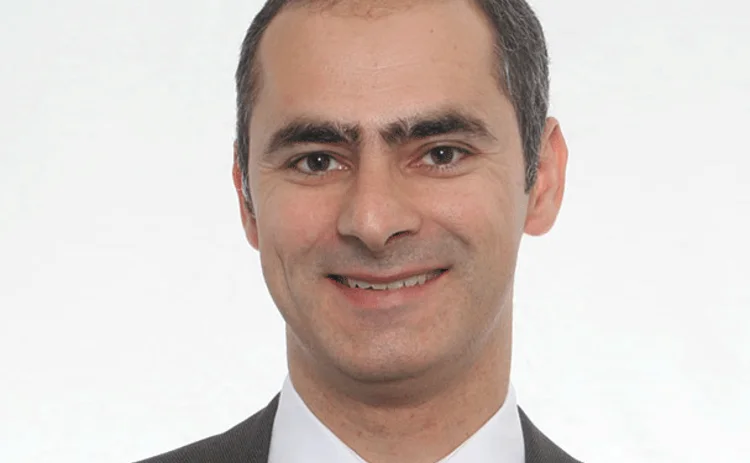
Sovereign risk manager of the year: IGCP
Portugal’s clean exit from its bailout in May was achieved on the back of smart work by the country’s debt office, which also had some tricky political issues to confront

When Portugal exited its bailout last May, it declined to take an official credit line, against the advice of many. It was a bold move for a country emerging from its deepest recession in 40 years, but was taken on the back of the country’s first debt auction in three years, signalling to the country’s government that Portugal could stand alone again.
The €750 million auction of 10–year bonds at a 3.58% yield, completed successfully in April, was the culmination of more than two years of work
Only users who have a paid subscription or are part of a corporate subscription are able to print or copy content.
To access these options, along with all other subscription benefits, please contact info@risk.net or view our subscription options here: http://subscriptions.risk.net/subscribe
You are currently unable to print this content. Please contact info@risk.net to find out more.
You are currently unable to copy this content. Please contact info@risk.net to find out more.
Copyright Infopro Digital Limited. All rights reserved.
As outlined in our terms and conditions, https://www.infopro-digital.com/terms-and-conditions/subscriptions/ (point 2.4), printing is limited to a single copy.
If you would like to purchase additional rights please email info@risk.net
Copyright Infopro Digital Limited. All rights reserved.
You may share this content using our article tools. As outlined in our terms and conditions, https://www.infopro-digital.com/terms-and-conditions/subscriptions/ (clause 2.4), an Authorised User may only make one copy of the materials for their own personal use. You must also comply with the restrictions in clause 2.5.
If you would like to purchase additional rights please email info@risk.net
More on Risk management
‘More questions than answers’ in race to build repo plumbing
Complexity could slow development of matching and credit-checking tools for US Treasury trades
How Citi moved GenAI from firm-wide ban to internal roll-out
Bank adopted three specific inward-facing use cases with a unified framework behind them
Margin standards are here – and clearing firms aren’t happy
Clearing members complain that latest transparency proposals would force them to act as middlemen by providing margin simulation tools for clients
Riding the storm: banking in the era of climate risk
Climate-related risk is playing an increasing role in banks’ future strategies, resilience and prosperity
Buffer stop: Eurex clearing members shunt default fund
Clearing house’s CRO says both members and clients opt to pay more margin instead
How a serverless risk engine transformed a digital bank
Migrating to the cloud permitted scalability, faster model updates and a better team structure
During Trump turbulence, value-at-risk may go pop
Trading risk models have been trained in quiet markets, and volatility is now looming
Osttra to launch Treasury clearing middleware
Mid-year delivery expected for system that aids credit checking for repo trades







